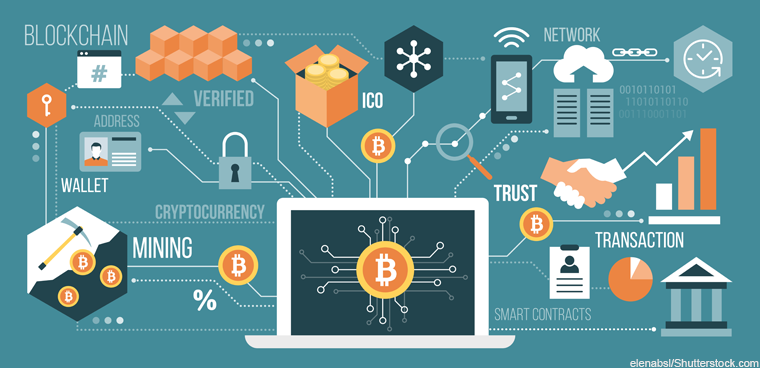Will the newest push, so-called “blockchain gold,” make digital gold payments more popular?
Back in the days when we had metallic monetary standards, people often used gold & silver coins for payments. Not these days. Many people still like to hold precious metals. But few use them to make payments or transfers.
Since the rise of the internet in the 1990s, however, entrepreneurs have tried to re-boot gold as a payments option, albeit in digital form. The most recent reincarnation? Blockchain gold payments systems.
Blockchain gold emerges from the same tradition as Bitcoin. Bitcoin records ownership of bitcoin tokens by using a decentralized database, or blockchain. Bitcoin hasn’t succeeded in becoming a popular way to make payments, primarily because the price of bitcoin tokens is notoriously volatile. But blockchains can also be used to record claims on more stable things, like U.S. dollars, yen, euros, or gold. These stable-value blockchain tokens are known as stablecoins.
Stablecoins have proliferated over the last four or five years, the most popular being Tether, which is pegged to the U.S. dollar. Digix and Pax Gold are two of the more popular gold stablecoins.
In this post I’ll explore a bit of the history surrounding digital gold payments systems. Will the new blockchain-based versions make gold payments popular again?
E-gold: First digital gold network
The history of digital gold currency starts long before the blockchain era. In 1996, Douglas Jackson founded a metal-based payments network called e-gold. E-gold custodied gold in vaults in London, Florida, and elsewhere on behalf of its clients. It allowed users to exchange gold-denominated digital claims among each other. Merchants could integrate e-gold as a payments option. A raft of competing gold payments networks soon emerged including James Turk’s GoldMoney, eBullion, and Pecunix.
According to the now defunct Global Digital Currency Association (GDCA), by 2006 the amount of gold payments that these platforms were processing amounted to around $10 billion. That’s not bad, although it significantly lagged PayPal which was processing around $37.8 billion in payments in 2006.
Source/More: A new era of digital gold payments systems? | Zero Hedge | Zero Hedge















